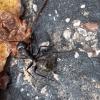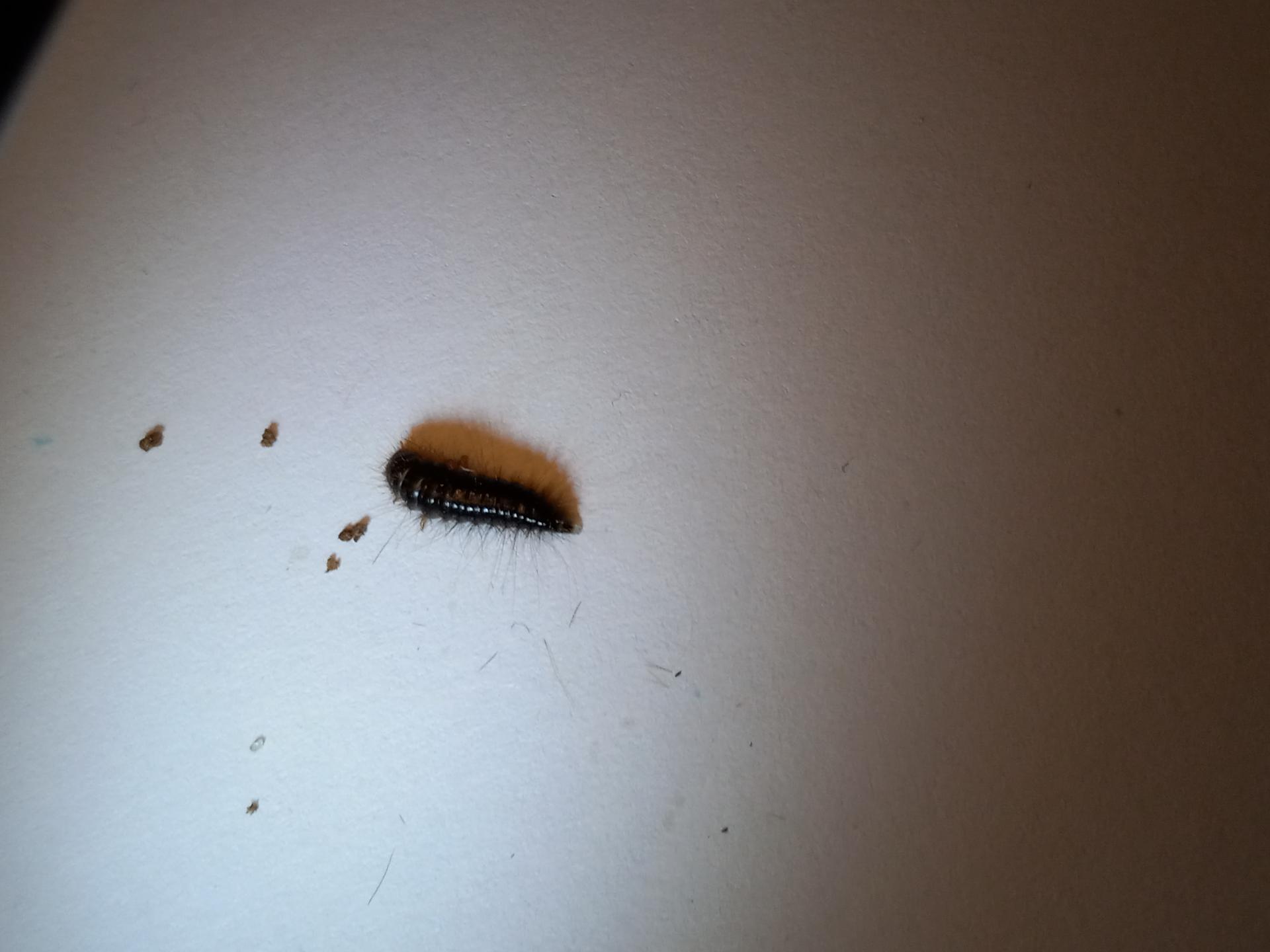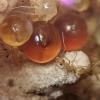I believe this is a Dermestid beetle larva, a common cleanup crew and feeder. They are decomposers and are often used to clean skeletons for museums of collections. You could culture them yourself or feed them off, but I would suggest separating them from your Dubias if practical so they don't compete for food. They are commonly bred so my guess is that the Dubia breeders mixed them somehow. By the way, young dubias are nymphs that look similar to adults. They do not have larvae, and instead of laying eggs the female will hatch the eggs in an "ootheca" or internal egg sack until the babies are ready to hatch and they expel the ootheca
TestSubjectOne's Experiences in Antkeeping General Journal
Currently Keeping:
- Veromessor pergandei (1 queen, 600 workers)
- Novomessor cockerelli (1 queen, 200 workers)
- Myrmecocystus mexicanus (1 queen, 100 workers)
- Brachymyrmex patagonicus (3 queens?, 2,000 workers? & alates)
- Crematogaster sp. (1 queen, 600 workers)
- Liometopum occidentale (1 queen, 800 workers)
- Camponotus absqualator (1 queen, 130 workers)


















